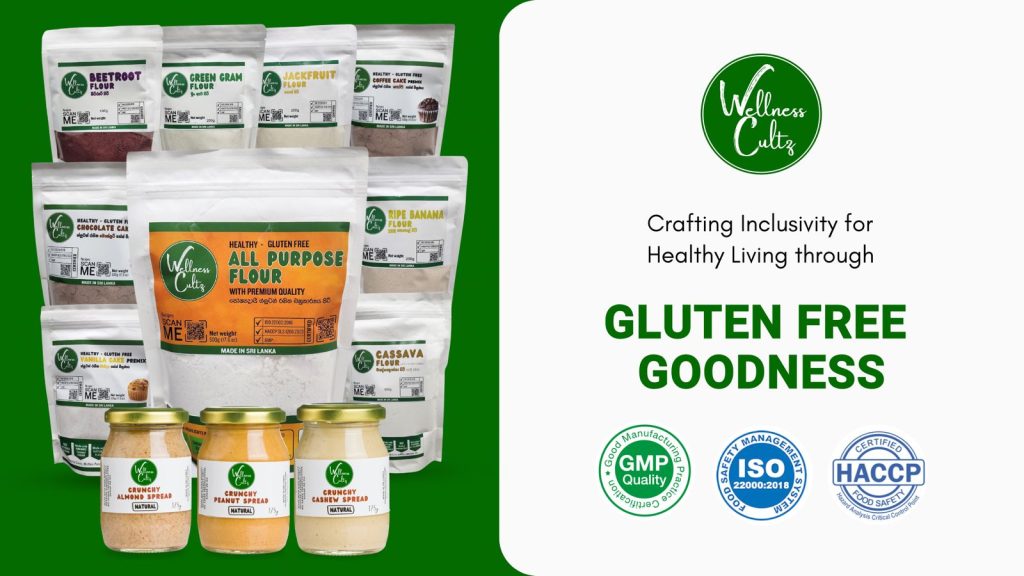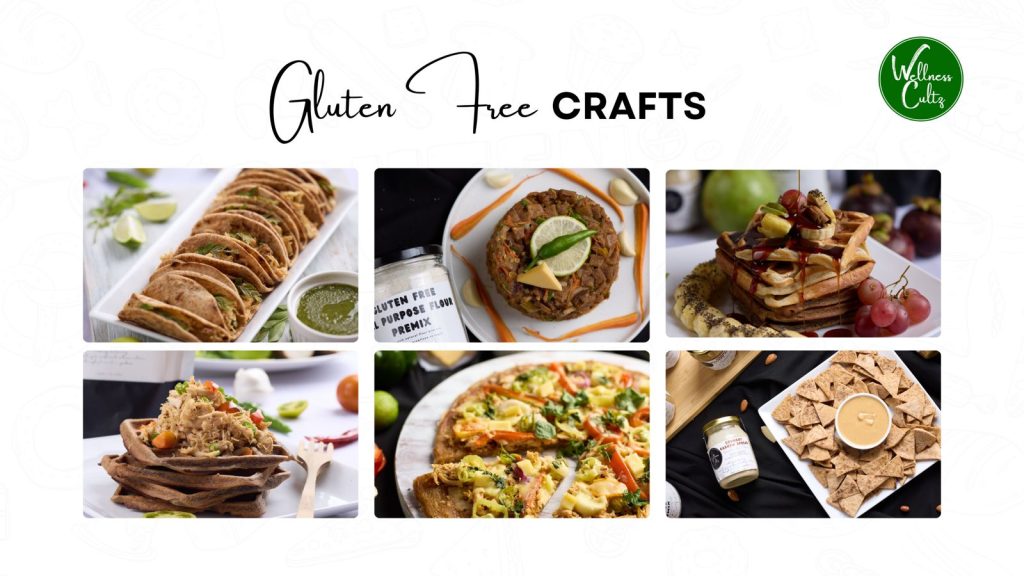
Is wheat flour gluten-free? Is rice flour gluten-free? You hear these everywhere, but what exactly is gluten? Why should you avoid it? It’s a protein found in wheat, rye, semolina, barley, etc. If you feel uncomfortable right after you consume foods prepared using regular flour, then you’re on the right page.
While some of us may not know exactly what gluten is, certain medical conditions, including celiac disease, require gluten-free diets.
But that’s not the only reason to go gluten-free; there are many other benefits, including weight loss, increased energy, and improved health. While certain conditions make gluten-free flour a must-have, you may notice a significant difference when you remove gluten from your diet (more on this later).
However, before you decide to go gluten-free, you should know a few things. Let’s dive right into it.
Who Should Eat A Gluten-Free Diet?
While going gluten-free is a personal choice for some, it’s non-negotiable for those with certain medical conditions. We will discuss them below. But before that, if you are curious and want to try our gluten-free flour, we suggest that you keep an eye on your nutrition balance if you don’t have any medical conditions.
People With Celiac Disease
People with celiac disease have difficulty digesting food, as their small intestine is hypersensitive to gluten. The condition gets triggered when they consume any food that contains gluten, such as pasta, cakes, cookies, and bread.
But if these items are made of gluten-free flour, they can be safely enjoyed. Therefore, once you stock up your pantry with gluten-free flour, you don’t have to worry about nausea, bloating, belly pain, or diarrhoea.
People With Gluten Sensitivity
There’s another condition that isn’t necessarily like celiac disease, but some people might experience gluten intolerance. This is when you don’t feel well right after you have any food that contains gluten.
Most people confuse gluten sensitivity with general gastrointestinal irritation, but it’s best to consult a physician and a dietitian to ensure that it’s not gluten intolerance.
Essentially, if you experience bloating, fatigue, stomach pain, gas, or constipation or diarrhoea right after you have a meal that contains gluten, it’s your sign to get professional check-ups.
Now, don’t stress wondering, ‘Is oat flour gluten-free? Is almond flour gluten-free?’ — because there are solutions!
People with Autism
Some families with autistic children prefer gluten-free, casein-free diets because they find it beneficial for children’s gut health. They observe improvements in behaviour and well-being in their autistic children when they follow a gluten-free diet.
While scientific consensus is still developing, research from reputable sources notes that dietary changes may help manage sensitivities in some children.
How to Add Gluten-Free to Your Diet?
That said, once you figure out whether you want to go gluten-free, it’s all about knowing the best way to include it in your diet. However, unlike before, you can now easily find gluten-free products and organically manufactured flours, ranging from sweet potato flour to ripe banana flour, beetroot flour, and purple yam flour, in local stores like ours.
We are focused on providing quality gluten-free flours, premixes, spreads, and butter at affordable rates to help you enjoy a healthy lifestyle.
Stick around — we’ll be sharing more tips on gluten-free baking, eating, and living well!











